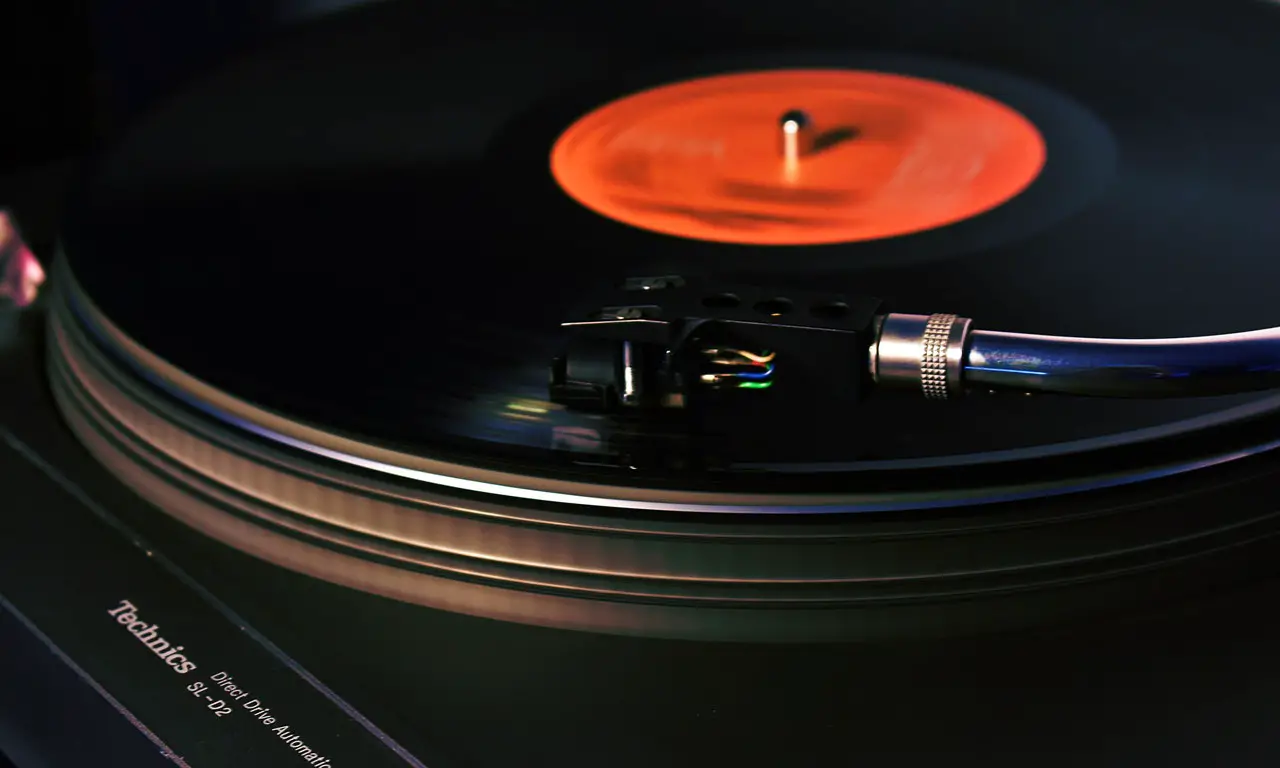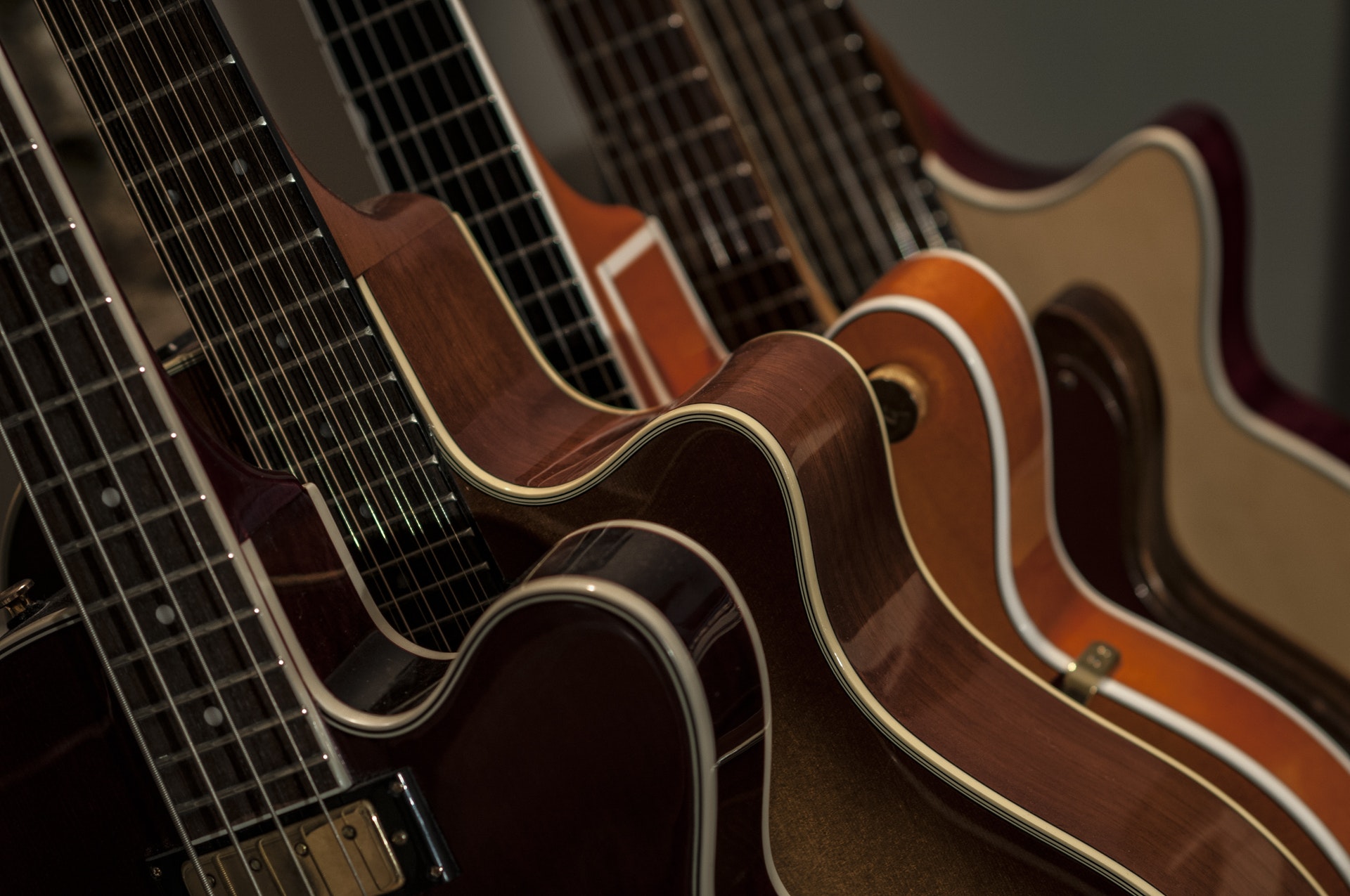What Are Mechanical Royalties?
Mechanical royalties are one of several ways musicians get paid. They are an intellectual property right that allows artists to make money doing what they love. But how do mechanical royalties work, exactly?
Anyone who physically (or digitally) reproduces a song owes mechanical royalties to the owner. A few situations with a fee attached are producing CDs, vinyl records, or digitized song files. However, the legalities of paying royalties can get complex.
Furthermore, there is some ambiguity in deciding when to pay mechanical royalties. It all depends on how songs are used, distributed, and heard.
How Much Do Mechanical Royalties Pay?
Generally, mechanical royalties are supplemental. The income artists make from them is a small part of overall revenue compared to touring.
Nevertheless, mechanical royalties pay something. In the United States, mechanical royalties pay 9.1 cents per song reproduction. Thus, whenever a company makes a CD, a record, or lets someone download a song, the rights owner should get 9.1 cents each time. Therefore, if you get ten million downloads, you could make $910,000 in addition to touring revenue and other royalties.
Unfortunately, few artists are that successful. A mildly famous artist who gets 100,000 downloads each year will only get $9,100, which is a paltry income by itself among four band members. Most musicians can’t live on mechanical royalties, which is why live performances remain the best way to make a living as an artist.
Is There a Difference Between Physical and Digital Copies?
Several decades ago, mechanical royalties were what their name implied — a fee for making a copy of a song. However, now that digital downloads have replaced the need for cassette tapes and vinyl records, the law has changed.
Now, mechanical royalties are the same for downloads as they are for record making. Nevertheless, the term “mechanical” seems to be sticking around, even if songs are chiefly digital these days.
However, there is a difference between buying a copy — digital or analog — and streaming. The song owner will receive at least 9.1 cents if you buy a record. This payment is regardless of whether or not you ever take the record out of its envelope. On the other hand, if you stream that song, royalties depend on how many times you listen to it.
How Much Does Spotify Pay Per Stream?
Streaming services remain targets of controversy. This drama has been especially true recently, as famous musicians have lost millions of dollars due to the COVID-19 pandemic. Naturally, Spotify enters the spot(ify)light whenever someone mentions music streaming.
Spotify pays only 4/10 of a cent per stream, even though the company must pay both mechanical and performance royalties with each listen. Furthermore, all of this money rarely goes to an artist. Producers and other contributors are often entitled to a fraction of each 4/10 of a cent.
Despite paying peanuts in royalties, Spotify does make music more accessible. It’s never been easier for bands and artists to deliver music to people. Consequently, this promotes popularity and encourages listeners to buy concert tickets.
Despite this, Spotify has yet to report a profit, working on an operating loss in the tens of millions. Despite a lot of money changing hands, it appears nobody is making big money from Spotify.
Who Collects Mechanical Royalties?
It’s important to realize that not all 9.1 cents earned through mechanical royalties go straight to artists. The rights owner (who may or may not be the songwriter) collects royalties directly. The owner is responsible for divvying this up to the appropriate people.
So, who is usually the rights owner?
Most of the time, record labels own a song’s copyright. Thus, the record label has ultimate discretion on what they want to do with the royalties. Ideally, most of this money will go to the songwriter if it’s a solo artist. With bands, labels must split the money among more people to ensure a fair share.
Regardless of the publishing deal, the songwriter is entitled to at least 50% mechanical royalties. Understandably, many musicians would prefer to get everything from this already small payout. Self-published artists can collect 100% of mechanical royalties. However, being self-published takes a lot of extra work beyond writing songs. Many musicians are willing to sacrifice royalties to spare themselves the headache of publishing and promoting their music.
What if the Artist is Dead?
Streaming music written by Prince or Tom Petty isn’t free. While the apparent recipients of these royalties may be deceased, a living person or estate owns the rights to the music.
As we mentioned, whoever legally owns the music receives royalties. When artists die, their music may continue to be copied and distributed. Consequently, families and record companies can get into heated arguments as they figure out who should inherit the rights to the music. Ideally, song owners assign someone to inherit the rights in their will.
How Do Radio Stations Get Music Rights?
If anyone’s intimately familiar with paying music royalties, it’s a radio station owner. When a station broadcasts a song, they are obligated to account for every song they play. They also must note how large their audience is and songs’ popularity.
It isn’t elementary, so most radio stations get music rights through performing rights organizations (PROs) who help streamline the process. In Europe, one organization (in each country) provides universal permission for all songs at a hefty price. In the United States, radio stations may buy rights from one of several competing PROs. Each company has different terms in regards to how much songwriters get paid.
Radio programmers serve a valuable role. They’re responsible for documenting every song played over the airways. Additionally, they ensure that the numbers they report are accurate, so songwriters get paid.
Different Types of Royalties
Mechanical royalties are the most well-known type of royalties. However, other royalty types cover different situations of the use and distribution of songs. In many cases, various kinds of royalties apply to one scenario.
Performance Royalties
Mechanical royalties apply whenever copying a song. On the other hand, performance royalties apply whenever playing a song. Examples of situations that involve performance royalties include:
- Playing music to shoppers in a store
- Performing cover songs
- Playing music through the radio
- Streaming songs
The last example is unique. When a platform like Spotify or Apple Music allows users to stream songs, they owe artists performance and mechanical royalties. Performance royalties are applicable, even if the music is for one person wearing earbuds.
Furthermore, there are several calculations for deciding performance royalties. Time of day, expected number of listeners, and type of performance affect the dollar amount. Performance royalties for an ad differ from royalties for a live performance, for example. The more people that hear it, the greater the potential payment.
Sync Royalties
Synchronization (sync) royalties come into play whenever a song is in a video, barring music videos by song owners. Examples of content in which sync royalties are due include:
- YouTube videos
- Televesion commercials
- Online ads
- Movies
Per song, sync royalties have the largest average payout. Payout Negotiation is on a fixed rate that determines the price. In the case of “Immigrant Song” in Thor: Ragnarok, sync royalties can reach seven figures. Additionally, businesses may pay thousands for permission to use songs in commercials.
Sync royalties are the most empowering type of royalty for musicians. Handlers distribute funds evenly between artists and record labels. Plus, the power of negotiation allows songwriters to settle for a price they feel is fair.
When Can Songwriters Sue?
Songwriters may sue for copyright infringement. Whenever someone uses a song owner’s work without researching royalty laws, artists can take them to court.

Let’s take a look at a couple of famous cases of royalty-related negligence: Queen & David Bowie vs. Vanilla Ice and John Fogerty vs. John Fogerty.
The first case was a win for Queen and Bowie, as Vanilla Ice undoubtedly used the rhythm and melody of “Under Pressure” in his song, “Ice, Ice Baby.” Royalty laws explicitly state that using someone else’s copyright requires permission and paying the original song owner.
In the second case, John Fogerty isn’t suing himself for his music. Fantasy Records owned the works of Clearance Clearwater Revival, including “Run Through the Jungle,” which John Fogerty wrote. The head of Fantasy Records sued when one of Fogerty’s solo songs bore a resemblance to “Run Through the Jungle” (which we mentioned was written by John Fogerty?).
John Fogerty (the person) won the case by playing the songs back to back and pointing out the differences. However, this case highlights the staggering share of artists’ works record labels.
Conclusion
Mechanical royalties are one of many ways musicians make money. At 9.1 cents per reproduction, mechanical royalties provide comfortable passive income for artists who sell millions of copies. However, as the music industry has shifted mainly to streaming, mechanical royalties alone aren’t adequate for obscure songwriters.
Nevertheless, royalties remain a critical component of musicians’ paychecks. The surrounding legal nature merged with economics and music make them a fascinating topic at parties.









